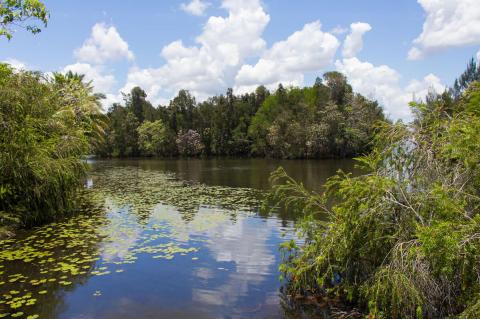Banwari Trace: Trinidad's Oldest Archaeological Treasure
Nestled in the southwestern corner of the Caribbean island of Trinidad lies a remarkable archaeological site known as Banwari Trace. This ancient Archaic-period settlement, dating back over 7,000 years, represents the oldest known human occupation in the West Indies, offering a rare glimpse into the lives and lifeways of some of the region's earliest inhabitants. Perhaps the most significant discovery at Banwari Trace was unearthing a remarkably well-preserved human skeleton, now known as "Banwari Man."









